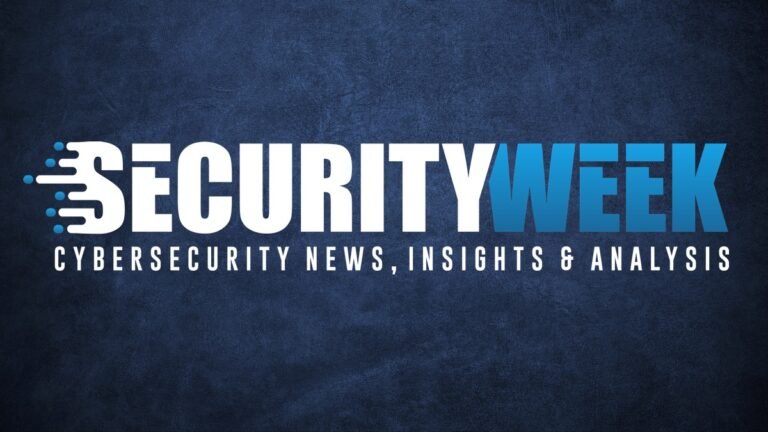Top Highlights
-
Malware Campaign: Securonix has identified a malware distribution campaign named Serpentine#Cloud that exploits Cloudflare Tunnel to host malicious payloads on attacker-controlled subdomains.
-
Complex Infection Chain: The attack uses a sophisticated infection chain involving LNK files and obfuscated scripts to deploy a Python-based loader, which executes a Donut-packed PE payload in memory.
-
Evolving Delivery Methods: Initially using URL files, the campaign has pivoted to employing BAT files in ZIP archives and, more recently, LNK files disguised as PDFs delivered through phishing emails themed around payments and invoices.
- Abuse of Cloudflare: The use of Cloudflare tunnels allows attackers to maintain anonymity and evade detection, as they leverage legitimate traffic sources to execute payloads and establish persistent malware presence, including common RATs like AsyncRAT and RevengeRAT.
What’s the Problem?
Securonix recently revealed a sophisticated malware distribution campaign known as Serpentine#Cloud, which manipulates Cloudflare Tunnel to host malicious payloads on subdomains controlled by attackers. This campaign employs a convoluted infection chain, commencing with the delivery of shortcut (LNK) files and obfuscated scripts that facilitate the execution of a Python-based loader. Initially, the campaign utilized URL files for payload execution, but it evolved to include BAT files procured from ZIP archives, which fetch and execute malicious content from the Cloudflare tunnels. The latest attacks have involved LNK files masquerading as PDF documents, disseminated through phishing emails with payment or invoice-themed lures.
The attacks exploit the inherent anonymity of Cloudflare tunnels, enabling malware distribution while circumventing network defenses, since the traffic appears to emanate from a credible service. The infection sequence initiates with an LNK file prompting the use of robocopy to retrieve a Windows Script File (WSF) from a remote WebDAV share, subsequently triggering further script execution via Windows Script Host (WSH). This method culminates in the deployment of a shellcode loader that stealthily injects shellcode into newly spawned processes, ultimately resolving into well-known remote access Trojans (RATs) like AsyncRAT or RevengeRAT. This alarming trend is reminiscent of past campaigns, indicating a growing reliance on Cloudflare’s infrastructure for nefarious purposes, as previously highlighted by security entities such as Proofpoint.
Security Implications
The Serpentine#Cloud malware distribution campaign poses significant risks to businesses, users, and organizations by exploiting Cloudflare Tunnel for delivering malicious payloads while obfuscating its activities through legitimate services. This misuse not only jeopardizes the integrity of enterprise networks, as the sophisticated infection chains rely on common file formats like LNK and BAT, which can easily evade detection mechanisms, but also amplifies the potential for widespread disruptions and data breaches. Organizations that fall victim to such attacks may inadvertently compromise sensitive information, and the consequent ripple effects could include financial losses, reputational damage, and legal ramifications as other businesses in the ecosystem grapple with the fallout from disrupted operations. Additionally, as threat actors continue to refine their tactics, even well-defended infrastructures may find themselves vulnerable, leading to a pervasive environment of uncertainty and risk across industries.
Possible Action Plan
Timely remediation is crucial in countering emerging threats, such as the recent exploitation of Cloudflare Tunnels in a malware campaign. This proactive approach not only safeguards sensitive data but also sustains organizational integrity.
Mitigation Steps:
- Implement stricter access controls
- Conduct thorough network monitoring
- Update firewall configurations
- Enforce strict authentication measures
- Regularly review and audit tunnel configurations
- Train personnel on recognizing malware and phishing attempts
NIST Guidance:
The NIST Cybersecurity Framework (CSF) emphasizes the necessity of timely risk management and incident response. For detailed procedures, refer to NIST Special Publication 800-61, which provides a comprehensive guide on computer security incident handling, underscoring the importance of swift action to mitigate breaches effectively.
Continue Your Cyber Journey
Discover cutting-edge developments in Emerging Tech and industry Insights.
Access world-class cyber research and guidance from IEEE.
Disclaimer: The information provided may not always be accurate or up to date. Please do your own research, as the cybersecurity landscape evolves rapidly. Intended for secondary references purposes only.
Cyberattacks-V1

